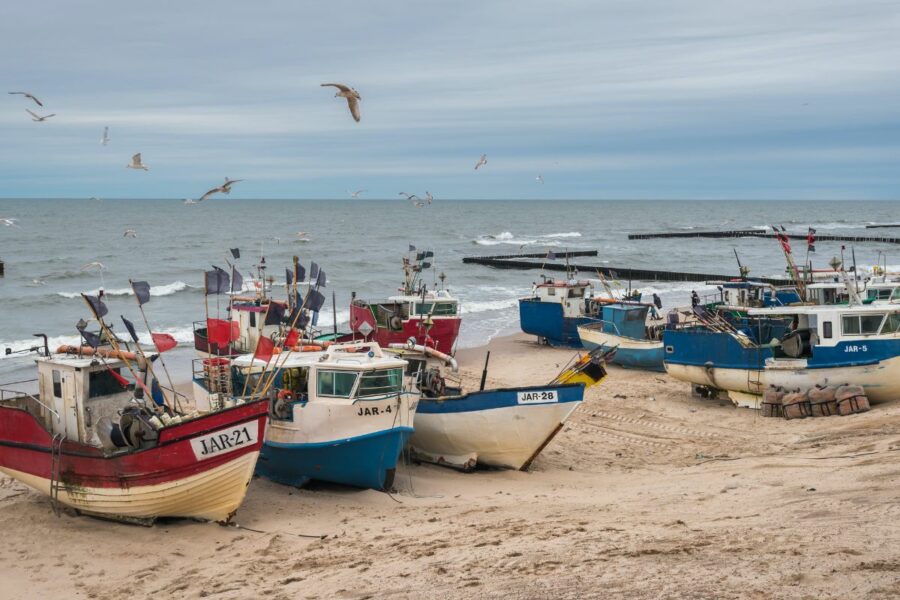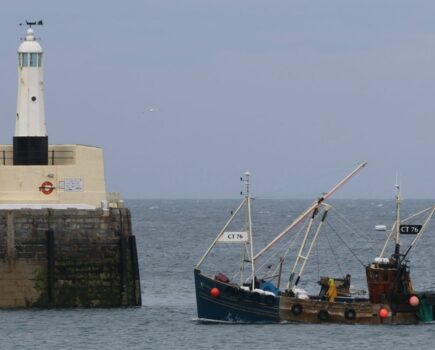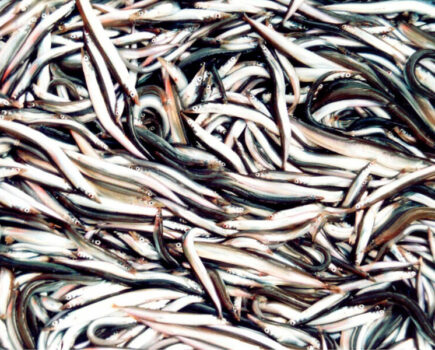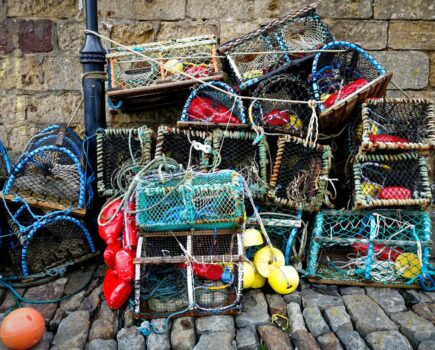Scientific studies confirm that heavy fishing pressure can rapidly alter fish genetics, leading to smaller, earlier-maturing populations
Two recently published scientific papers have confirmed long-held fears that heavy fishing pressure can force a rapid evolution of target species to mature at a younger age, concentrating their energies on reproduction rather than growth.
A study of Baltic Sea cod, published last month in the journal Science Advances, looked at the genetic make-up of the stock over the last three decades, during which the stock collapsed due to a combination of an explosion in seal predation, overfishing and environmental change.
The ‘shrinking’ of cod, from a median mature body length of 40cm in 1996 to 20cm in 2019, has a genetic basis and can be seen in the population’s DNA, the study concluded.
Previous work on overfished stocks had always assumed a return to previous size ranges and weights of fish, once fishing pressure reduced. However, genetic analysis suggested long-term changes in the cod population that would seriously undermine the recovery of a commercial fishery – the cod have evolved to become, in effect, ‘dwarf’ fish that mature earlier, in a bid for the population to survive.
“When the largest individuals are consistently removed from the population over many years, smaller, faster-maturing fish gain an evolutionary advantage,” said Professor Thorsten Reusch, head of the marine ecology research division at Geomar Helmholtz Centre for Ocean Research Kiel and senior author of the research.
“What we are observing is evolution in action, driven by human activity. This is scientifically fascinating, but ecologically deeply concerning.”
A similar study in the USA, looking at attempts to remove smallmouth bass, an invasive species, shows that these changes can shift DNA maturity by boosting the presence of just a handful of genes across the population.
Conservationists had been removing about a quarter of the numbers of the invasive species from a lake each year, in an effort to protect local trout. Within just five years, they were seeing a boom in the number of smaller bass – which, they calculated, resulted in the same or greater total biomass than before they began to intervene.
“The stock was made up of mature fish that averaged 5in long, rather than 10in. This meant many more mouths competing with native trout for food, and predating on their fry, as the smaller fish put their energies into breeding rather than growth, with catastrophic impacts on local ecosystems. The lesson, scientists said, was that they needed to find a way to remove juvenile invasive fish from the ecosystem, not the larger individuals.
Good catches of a single young year-class in a fishery could be an early warning sign that a stock is being pushed in the wrong direction – reproducing instead of growing – with an increasing likelihood of large volumes of the smallest sizes of a species on the fishmarket in future years – something that no processor, fisherman or consumer has any wish to see.”
By Andy Read
This story was taken from the latest issue of Fishing News. For more up-to-date and in-depth reports on the UK and Irish commercial fishing sector, subscribe to Fishing News here or buy the latest single issue for just £3.50 here.
Sign up to Fishing News’ FREE e-newsletter here.








